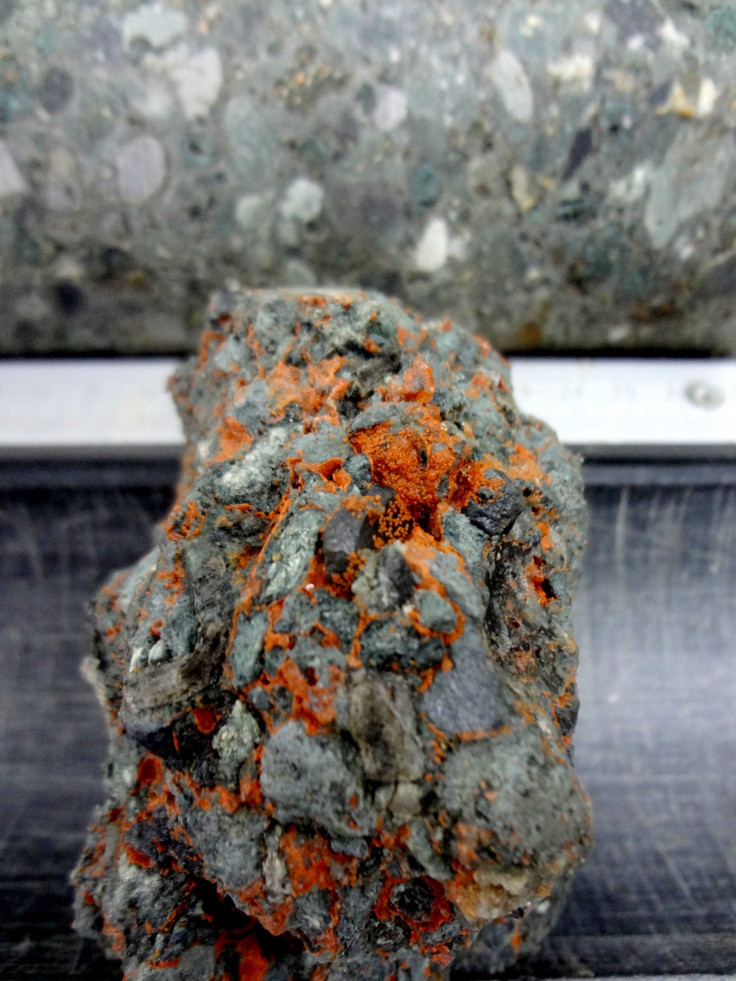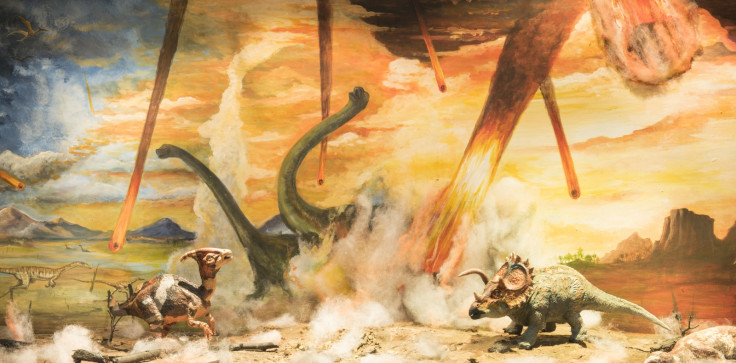66 million years after the dinosaur-killing asteroid struck, scientists drilled into its crater – here's what they found...
Scientists find out how the peak of the Chicxulub crater in Mexico collapsed.
Earlier this year, scientists announced a project to drill into the Chicxulub crater – formed by the asteroid believed to have led to the extinction of the dinosaurs – had been a success. They have now published their first results from the expedition, showing how the crater collapsed to form the site that exists today.
The Chicxulub crater is the best preserved crater with a 'peak ring' on Earth. These sorts of craters are often seen on other objects in our Solar System, such as the Moon and Venus, but few exist on Earth, making analysing them difficult.
Located on Mexico's Yucatán Peninsula, the crater is 200km wide and 20km deep. It formed when a 10km-wide asteroid struck Earth 66 million years ago. The asteroid strike would have had a major impact on the planet, but the exact scale and the environmental effects are not known.
The project to drill into the crater was announced by scientists from the UK and US earlier this year. The team spent weeks drilling down, bringing up samples from 1,300m under the seafloor. They have now announced the first results from the expedition in the journal Science. Findings relate to how the crater came to have a peak ring.

"Impacts of asteroids and comets play a major role in planetary evolution... The uplift of material during impact cratering rejuvenates planetary surfaces with deeper material complex impact craters on rocky planetary bodies possess a central peak or a ring of peaks internal to the crater rim... Here, we address the question of how peak rings are formed."
Peak rings are rocky hills within the basin of the crater. Central peaks form from the uplift of rocks after the asteroid hits. To work out how the Chicxulub crater formed, scientists analysed the samples to see how rocks had been displaced over time.

They then ran numerical simulations to show how the central peak of the Chicxulub crater collapsed to form the ring of peaks we see today. "Chicxulub is the only known impact structure on Earth with an unequivocal peak ring, but it is buried and only accessible through drilling. Expedition 364 sampled the Chicxulub peak ring, which we found was formed from uplifted, fractured, shocked, felsic basement rocks," the scientists said.
Findings confirm the "dynamic collapse model" and indicates that as crater size increases, rocks that form the peak rings come from ever-deeper depths.

Understanding how the crater formed will help scientists understand what role the asteroid played in the mass extinction event that killed off the dinosaurs, while also shedding light on life on other planets. "The volumes of environmental pollutants released by the K-Pg impact will be better constrained, together with its role in causing the end-Cretaceous mass extinction.
"Because the deep subsurface biosphere is influenced by fracturing and mineralogical changes in host rocks induced by shock and post-impact hydrothermal activity, understanding how impact craters are formed and modify the environment will advance our understanding of deep subsurface life on Earth and potential habitability elsewhere."

Joanna Morgan, lead author of the study, said: "It is hard to believe that the same forces that destroyed the dinosaurs may have also played a part, much earlier on in Earth's history, in providing the first refuges for early life on the planet. We are hoping that further analyses of the core samples will provide more insights into how life can exist in these subterranean environments."
© Copyright IBTimes 2025. All rights reserved.






















